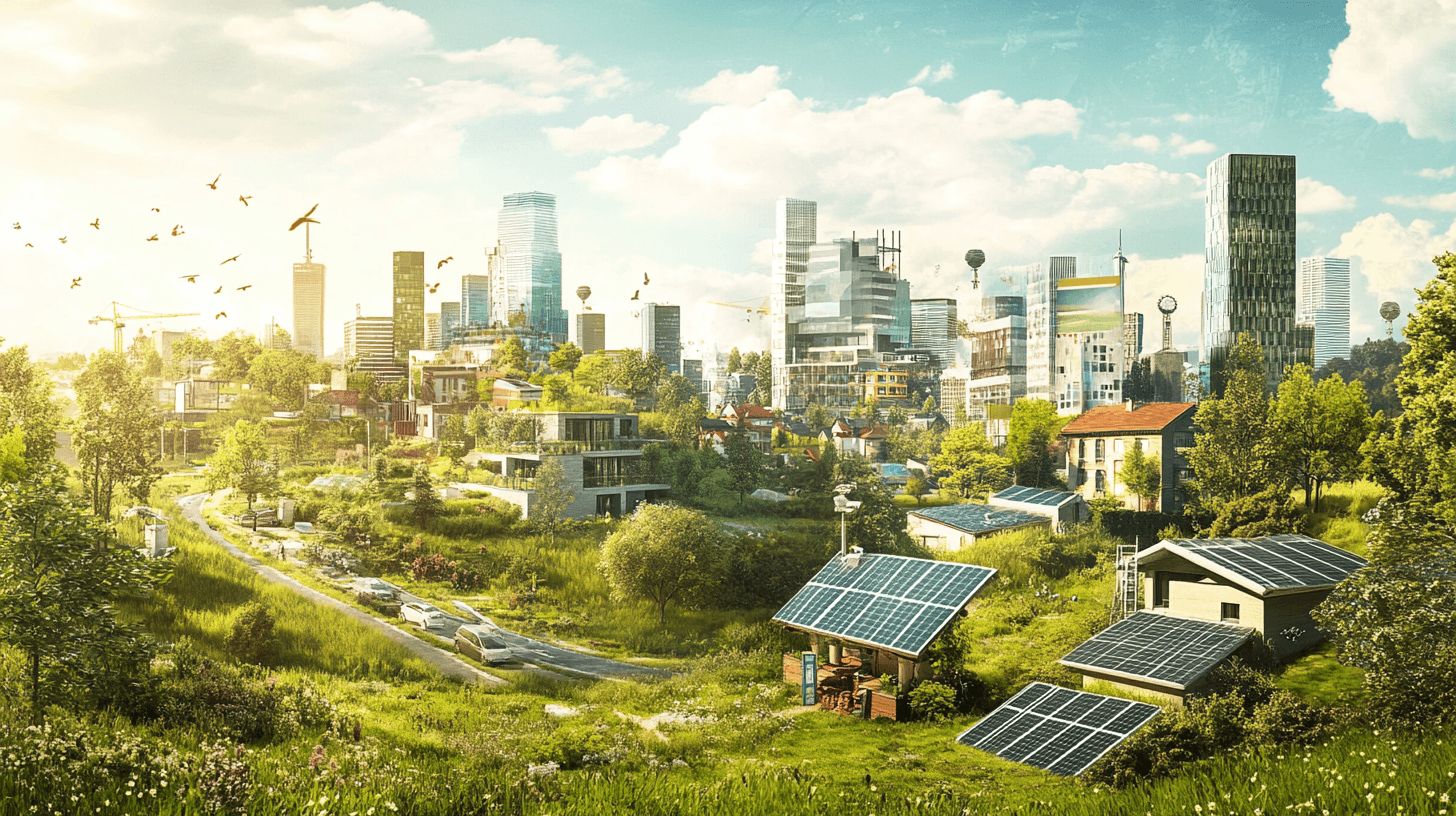As global efforts to address climate change accelerate, the link between sustainability and inequality has come under increasing scrutiny. Achieving net-zero emissions is not just a technical or economic challenge—it’s also a social one. Tackling inequality is essential for meaningful climate action, as disparities in wealth and resources directly impact the ability of societies to adopt and benefit from sustainable practices.
This article explores how inequality intersects with sustainability and why addressing social and economic disparities is crucial for building a greener, more equitable future.
The Unequal Impacts of Climate Change
Climate change does not affect everyone equally. Vulnerable communities, particularly in developing nations, often bear the brunt of climate impacts despite contributing the least to global emissions. Rising sea levels, extreme weather events, and food insecurity disproportionately affect these populations, exacerbating existing inequalities.
Wealthier nations and individuals, by contrast, are better equipped to adapt to climate challenges. According to the New Scientist, the wealthiest 10% of the global population are responsible for nearly half of all carbon emissions. This disparity highlights a critical imbalance: those most responsible for emissions often face the least severe consequences.
Addressing this disparity requires a twofold approach: reducing the carbon footprint of high-emission groups while providing vulnerable communities with the resources needed to adapt and thrive in a changing climate.
Inequality as a Barrier to Climate Action
Economic inequality is not just a barrier to adopting sustainable practices—it often prevents people from considering them altogether. For those living in lower socio-economic segments, sustainability is a luxury that competes with more immediate concerns. In many austere communities, survival takes precedence over long-term environmental goals. As the New Scientist argues, “climate change is a global issue, but it’s one that only the privileged are privileged enough to worry about.”
In these contexts, individuals are unlikely to prioritize renewable energy, electric vehicles, or organic produce when their focus is on securing basic needs like food, shelter, and healthcare. This disconnect underscores the importance of addressing socio-economic disparities as part of climate policy. Without equitable access to resources and opportunities, sustainable choices remain out of reach for millions.
The Role of Inclusive Policies
Building an inclusive approach to sustainability involves designing policies that address both environmental and social goals. Initiatives such as subsidized renewable energy programs, community-based conservation projects, and equitable carbon pricing mechanisms can bridge the gap between sustainability and inequality.
For instance, directing climate finance toward education and infrastructure in underserved regions not only reduces emissions but also empowers communities to build resilience against climate impacts. Such initiatives align with findings from the Cambridge study, which advocates for integrating equity considerations into climate policy design.
Global Collaboration for a Fair Transition
The global nature of climate change necessitates international collaboration. Wealthier nations must take responsibility for their historical emissions and provide financial and technological support to developing countries. The New Scientist argues that this form of “climate justice” is not about blame but about creating the conditions for a sustainable and equitable transition.
Mechanisms such as the Green Climate Fund, which supports low-carbon development in vulnerable nations, are steps in the right direction. However, scaling these efforts and ensuring transparency in their implementation remains critical.
A Broader Perspective on Privilege
The intersection of privilege and climate change is one of the most pressing, yet overlooked, aspects of the sustainability debate. For those in wealthier nations or higher income brackets, the conversation around climate change often centers on choice: choosing renewable energy, choosing electric vehicles, or choosing sustainable diets. But for many around the world, there is no choice—only necessity.
This disparity doesn’t diminish the urgency of climate action; it enhances it. Climate change is a global challenge, but the path to solving it must consider the realities of unequal access, opportunity, and priorities. Climate policy should not just aim to reduce emissions but also to enable participation from all socio-economic groups, ensuring that no one is left behind in the transition to a sustainable future.
Conclusion
The intersection of sustainability and inequality underscores the complexity of addressing climate change. While technical innovations and policy shifts are vital, they must be accompanied by efforts to reduce disparities in wealth, resources, and opportunities.
By adopting inclusive policies and fostering global collaboration, we can create a climate strategy that not only achieves environmental goals but also uplifts those most affected by the crisis. Achieving net-zero emissions is not just about cutting carbon—it’s about building a future that is fair, sustainable, and resilient for all.
References
- Graham Lorton (2024). We Can’t Get to Net Zero Without Tackling Inequality. New Scientist. Available online. Accessed: 8 December 2024.
- Charlotte A. Kukowski & Emma E. Garnett (2023). Tackling inequality is essential for behaviour change for net zero. Nature. Available online. Accessed 8 December 2024.




